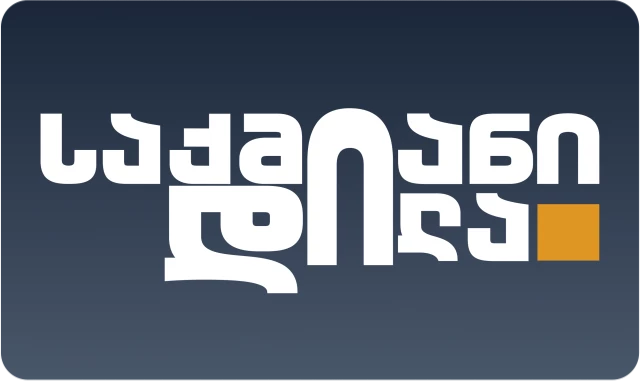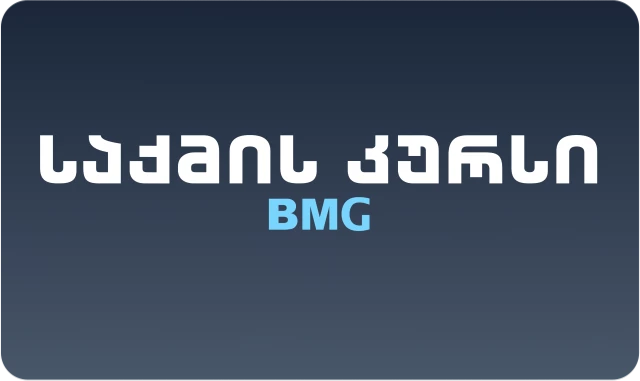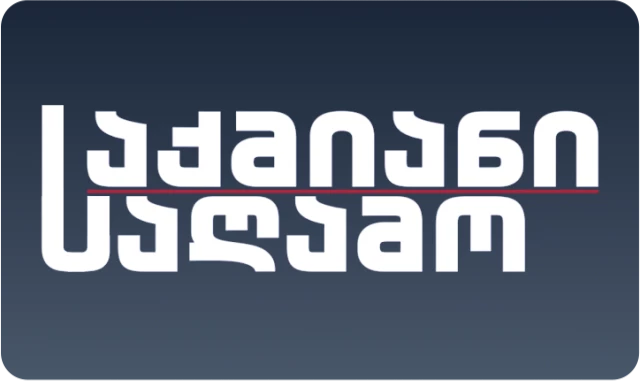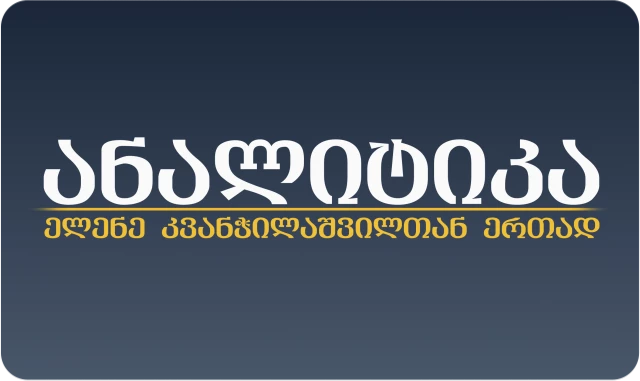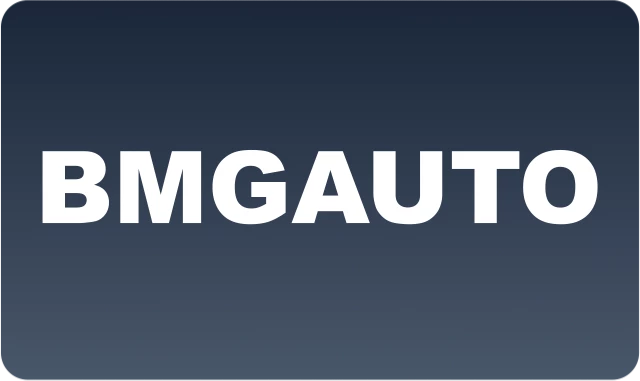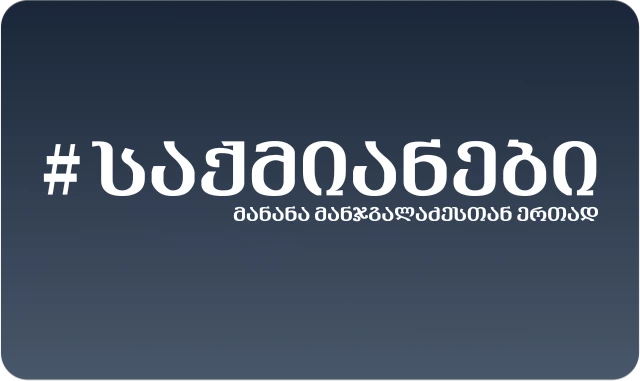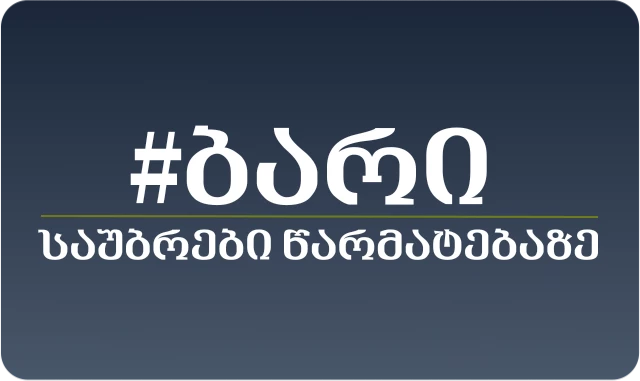We are looking at preliminary figures, which – yes, they do not generally change drastically but which also means that at this stage we lack the information to judge how many billions of turnover has been registered in each sector of the economy and which sector is currently driving the leap-frog score in April.
On the other hand, if we look at the paid taxes – for April 2021 (comparing it to April 2020 and 2019 respectively), the only tax that has been decreased in this period is Income Tax. One reason here is the relief measures which had entailed until today that salaries under GEL 750 fully and salaries under GEL 1500 were semi-released from the taxes.
For the rest taxes we see a clear trend of growth: Profit Tax up by 13.6% compared to 2020, and by 18.3% compared to 2019; Excise Tax up by 15.7% compared to 2020, and by 40% compared to 2019, and VAT up by 74% compared to 2020, and by 24.2% compared to 2019.
Value Added Tax is especially important in our context since Geostat calculates the economic growth rate based on the turnover of VAT paying enterprises. In April, such enterprises registered GEL 8.44 billion in turnover, which exceeded lockdown numbers in April 2020 by 94%. However, growth is higher than that in 2019, too.
This comparison with 2019 is very important because this way, we can partly eliminate the "base effect," and with its exception, we see that the size of the Georgian economy has increased by about 21% compared to April 2019 this year. Due to the lockdown in April 2020, the Georgian economy shrank by 16.6%.
As of today the most optimistic outlook for Georgia’s economic growth going forward comes from Galt and Taggart - 7%; then from the government - 6.9%; then, according to the last outlook, World Bank - 4% and then, according to the last outlooks of IMF and ADB - both IFIs have the same forecast - that’s 3.5% of economic growth in 2021. On Friday, TBC’s chief economist Otar Nadaria said in the Morning Show of Analytics that TBC Capital will also revise its outlook upwards and that it will exceed its previous forecast of 5.5% which was the highest even before the record numbers saw the daylight.
On the background of these big numbers, we see Lari strengthening sufficiently. Judge yourself: during this week, starting from Monday when we first heard about the record growth figure in April, Lari appreciated against the US dollar by 6% and during the last month, Lari has strengthened by 10.5%.
NBG’s Governor Koba Gvenetadze views this appreciation as a short-term trend while TBC’s Chief Economist Otar Nadaria says he would still bet on stronger Lari by the end of the year.
Now, what should we keep in mind going forward?
First: This growth has its price, and it is quite costly – state debt is over the 60% threshold of GDP as set by the law, and inflation is still further away from the target. So, we need to sustain the pace of growth to alleviate this burden on Georgia's taxpayers and make the growth more inclusive. And second: The pace of vaccination needs to pick up so that high-spending tourists that value their health and safety are also attracted to Georgia and so that we – the Georgian citizens stop being a threat to each other.
Hope in this direction comes yet again from our real strategic partner - the United States of America. President Biden announced that the United States will share COVID-19 vaccines with Georgia. This is another indication of the strength of the strategic partnership between our two countries. The specific vaccine and amount for Georgia will be announced as the administration works through the logistical, regulatory and other parameters. What we know so far is that globally, the United States has pledged to share 80 million doses by the end of June.









